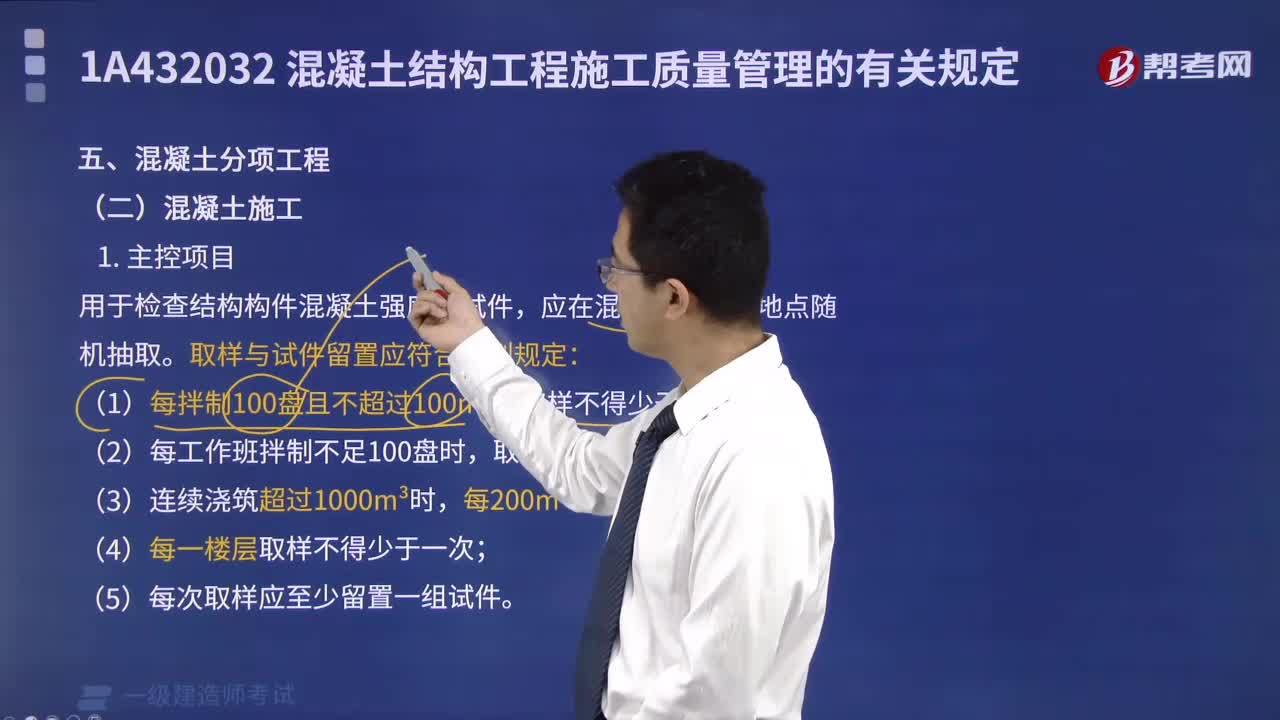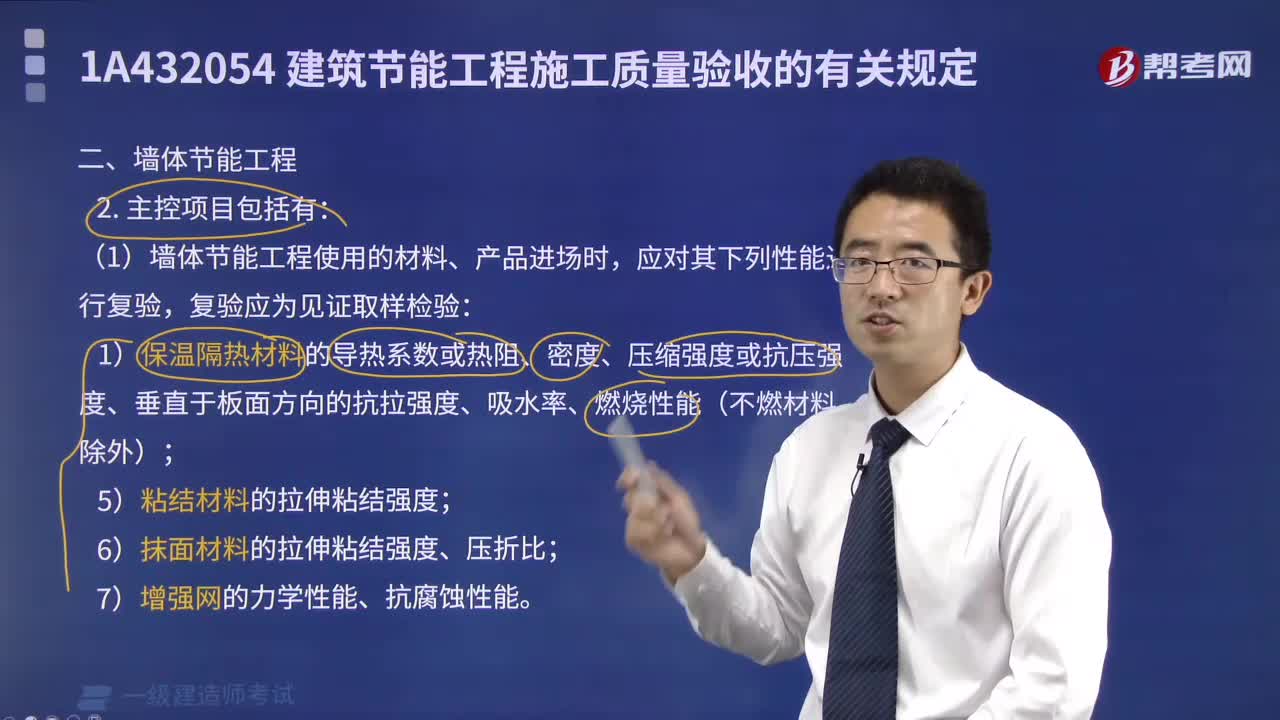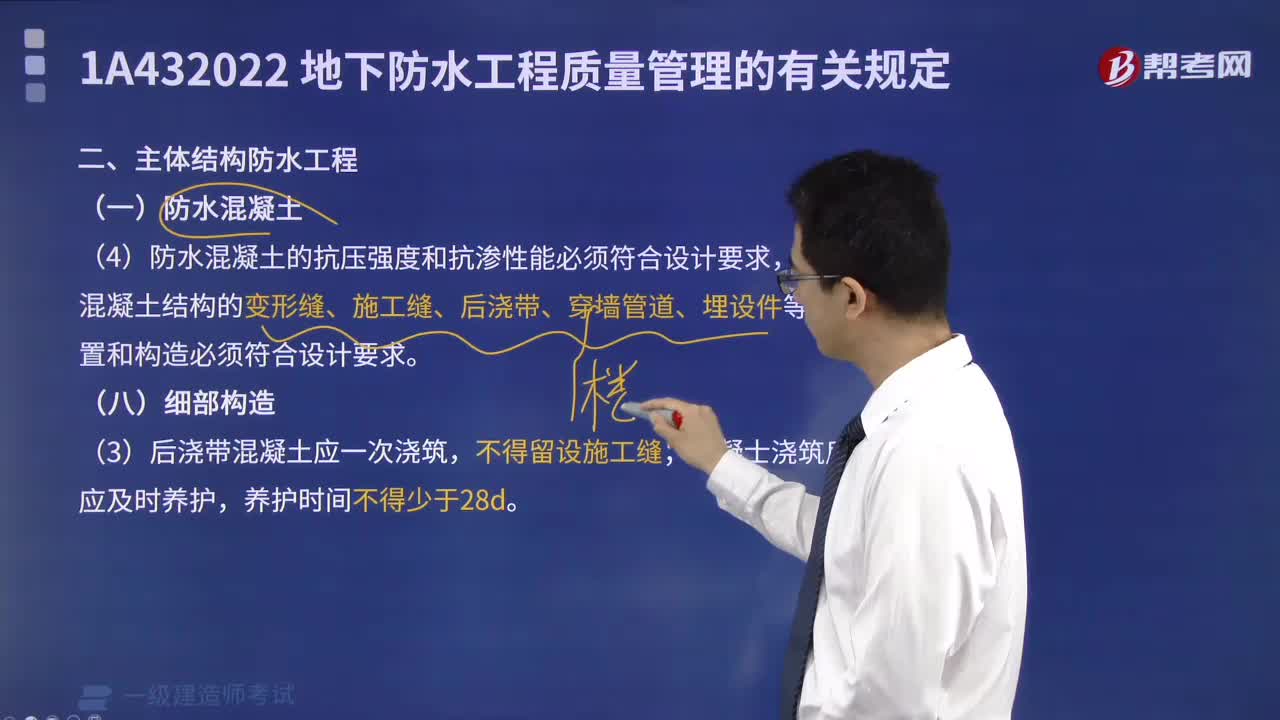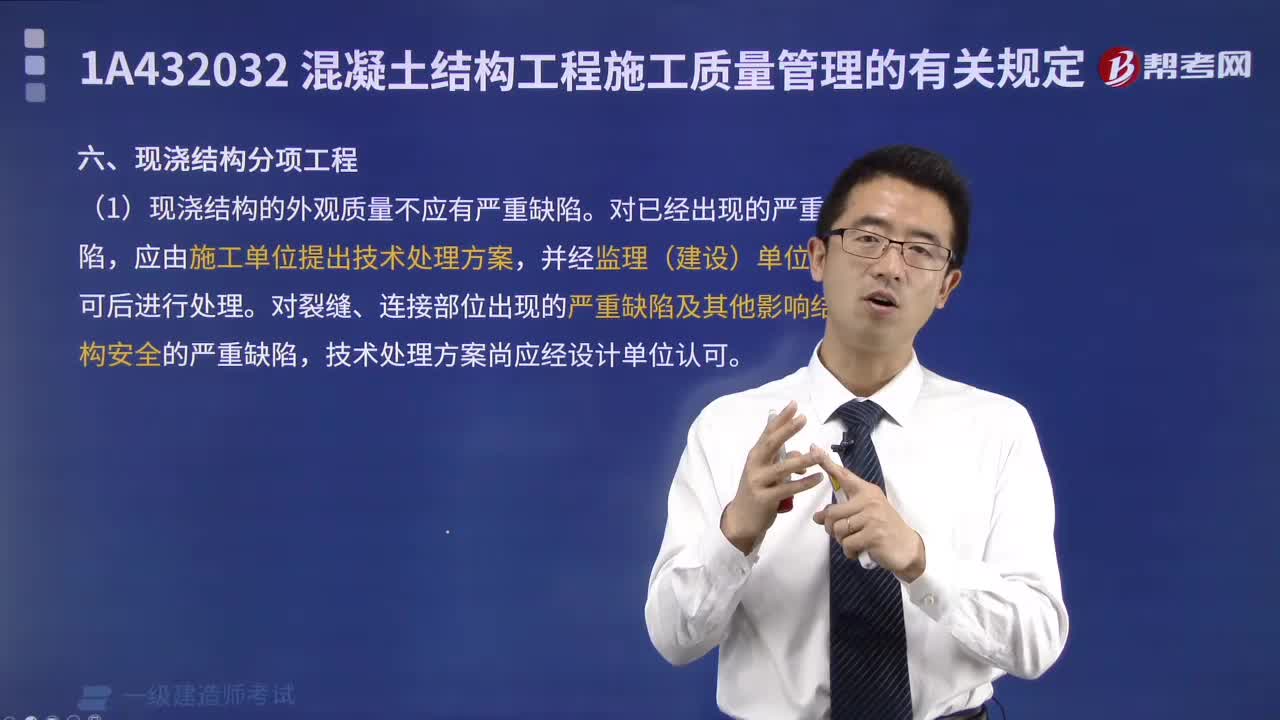
下载亿题库APP
联系电话:400-660-1360

下载亿题库APP
联系电话:400-660-1360

请谨慎保管和记忆你的密码,以免泄露和丢失

请谨慎保管和记忆你的密码,以免泄露和丢失

QUESTION BOOKLET
TEST FOR ENGLISH MAJORS
-GRADE EIGHT-
TIME LIMIT: 150 MIN
PART I LISTENING COMPREHENSION [25 MIN]
SECTION A MINI-LECTURE
In this section you will hear a mini-lecture. You will hear the mini-lecture ONCE ONLY. While listening to the mini-lecture, please complete the gap-filling task on ANSWER SHEET ONE and write NO MORE THAN THREE WORDS for each gap. Make sure the word(s) you fill in is (are) both grammatically and semantically acceptable. You may use the blank sheet for note-taking.
You have THIRTY seconds to preview the gap-filling task.
Now listen to the mini-lecture. When it is over, you will be given THREE minutes to check your work.
SECTION B INTERVIEW
In this section you will hear ONE interview. The interview will be divided into TWO parts. At the end of each part, five questions will be asked about what was said. Both the interview and the questions will be spoken ONCE ONLY. After each question there will be a ten-second pause. During the pause, you should read the four choices of A, B, C and D, and mark the best answer to each question on ANSWER SHEET TWO. You have THIRTY seconds to preview the questions.
Now, listen to the Part One of the interview. Questions 1 to 5 are based on Part One of the interview.
Now, listen to the Part Two of the interview. Questions 6 to 10 are based on Part Two of the interview.
PART II READING COMPREHENSION
[45 MIN]
SECTION A MULTIPLE-CHOICE QUESTIONS
In this section there are three passages followed by fourteen multiple choice questions. For each multiple choice question, there are four suggested answers marked A, B, C and D. Choose the one that you think is the best answer and mark your answers on ANSWER SHEET TWO.
PASSAGE ONE
Many objects in daily use have clearly been influenced by science, but their form and function, their dimensions and appearance, were determined by technologists, artisans, designers, inventors, and engineers ?D using nonscientific modes of thought. Many features and qualities of the objects that a technologist thinks about cannot be reduced to unambiguous verbal descriptions; they are dealt with in the mind by a visual, nonverbal process. In the development of Western technology, it has been nonverbal thinking, by and large, that has fixed the outlines and filled in the details of our material surroundings. Pyramids, cathedrals, and rockets exist not because of geometry or thermodynamics, but because they were first a picture in the minds of those who built them.
The creative shaping process of a technologist’s mind can be seen in nearly every artifact that exists. For example, in designing a diesel engine, a technologist might impress individual ways of nonverbal thinking on the machine by continually using an intuitive sense of rightness and fitness. What would be the shape of the combustion chamber? Where should be valves be placed? Should it have a long or short piston? Such questions have a range of answers that are supplied by experience, by physical requirements, by limitations of available space, and not least by a sense of form. Some decisions such as wall thickness and pin diameter may depend on scientific calculations, but the nonscientific component of design remains primary.
Design courses, then, should be an essential element in engineering curricula. Nonverbal thinking, a central mechanism in engineering design, involves perceptions, the stock-in-trade of the artist, not the scientist. Because perceptive processes are not assumed to entail hard thinking, nonverbal thought is sometimes seen as a primitive stage in the development of cognitive processes and inferior to verbal or mathematical thought. But it is paradoxical that when the staff of the Historic American Engineering Record wished to have drawings made of machines and isometric views of industrial processes for its historical record of American engineering, the only college students with the requisite abilities were not engineering students, but rather students attending architectural schools.
If courses in design, which in a strongly analytical engineering curriculum provide the background required for practical problem-solving, are not provided, we can expect to encounter silly but costly errors occurring in advanced engineering systems. For example, early models of high-speed railroad cars loaded with sophisticated controls were unable to operate in a snowstorm because a fan sucked snow into the electrical system. Absurd random failures that plague automatic control systems are not merely trivial aberrations; they are a reflection of the chaos that results when design is assumed to be primarily a problem in mathematics.
11.In the text, the author is primarily concerned with
[A] Identifying the kinds of thinking that is used by technologists.
[B] Stressing the importance of nonverbal thinking in engineering design.
[C] Proposing a new role for nonscientific thinking in the development of technology.
[D] Contrasting the goals of engineers with those of technologists.
12. It can be inferred that the author thinks engineering curricula are
[A] Strengthened when they include courses in design.
[B] Weakened by the substitution of physical science courses for courses designed to develop mathematical skills.
[C] Strong because nonverbal thinking is still emphasized by most of the courses.
[D] Strong despite the errors those graduates of such curricula have made in the development of automatic control systems.
13.Which of the following statements best illustrates the main point of the first two paragraphs of the text?
[A] When a machine like a rotary engine malfunctions, it is the technologist who is best equipped to repair it.
[B] Each component of an automobile? D for example, the engine or the fuel tank? D has a shape that has been scientifically determined to be best suited to that component’s function.
[C] A telephone is a complex instrument designed by technologists using only nonverbal thought.
[D] The distinctive features of a suspension bridge reflect its designer''s conceptualization as well as the physical requirements of its site.
14.Which of the following statements would best serve as an introduction to the text?
[A] The assumption that the knowledge incorporated in technological developments must be derived from science ignores the many nonscientific decisions made by technologists.
[B] Analytical thought is no longer a vital component in the success of technological development.
[C] As knowledge of technology has increased, the tendency has been to lose sight of the important role played by scientific thought in making decisions about form, arrangement, and texture.
[D] A movement in engineering colleges toward a technician’s degree reflects a demand for graduates who have the nonverbal reasoning ability that was once common among engineers.
15. The author calls the predicament faced by the Historic American Engineering Record paradoxical (line 6, paragraph 3) most probably because
[A] The publication needed drawings that its own staff could not make.
[B] Architectural schools offered but did not require engineering design courses for their students.
[C] College students were qualified to make the drawings while practicing engineers were not.
[D] Engineering students were not trained to make the type of drawings needed to record the development of their own discipline.
 79
79为什么商务英语考试中有的考生不允许入场?:为什么商务英语考试中有的考生不允许入场?考点将拒绝考生入场,并不予改期考试或退还考费:1. 抵达考点与网上报名所选考点不一致;2. 未携带准考证或规定的有效身份证件;3. 所携身份证件的有效性未通过核验;4. 身份证件类型和号码与所持准考证显示信息不符;5. 身份证件相片与本人明显不符;6. 未按准考证规定时间到达考场;7. 不服从监考人员的管理,扰乱考场秩序。
 21
21需要具备怎样的基础才能备考商务英语BEC中级?:商务英语中级需要有大学英语四级到六级的水平。
 30
30学习商务英语BEC初级需要具备怎样的基础?:学习商务英语BEC初级需要具备怎样的基础?根据BEC考试大纲的要求,学习BEC初级需要有公共英语四级的水平。
 01:06
01:062022-04-07
 02:49
02:492022-04-07
 03:02
03:022022-04-07
 01:43
01:432022-04-07
 02:01
02:012022-04-07

微信扫码关注公众号
获取更多考试热门资料